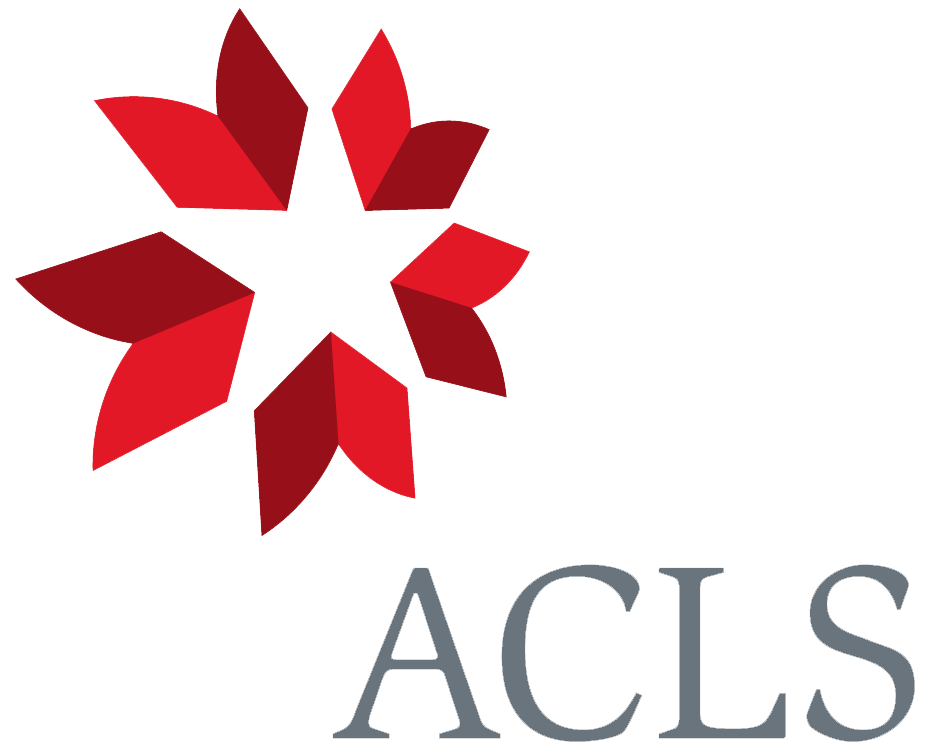From W. D. Fox [c. November 1838]1
My dear Darwin
Before I enter into any chitchat, I shall give you the result of my enquiries about Dogs, Geese, &c, which you requested me to see about.—
First about H: Galtons2 Dogs— I wrote to him & have the following answers. “I have found from breeding in & in that there is considerable difficulty in keeping up the breed. Many of the females have never exhibited any sexual appetite & those which do so at all, very rarely.
The Knot in the tail appeared by accident in one of the finest Dog puppies I had, so fine that I kept it notwithstanding this imperfection & all his descendants had it until at last I got a cross with one of Lord Aylesfords3 Bloodhounds, since which time it has disappeared. The knot was always in the same part of the tail. Another consequence of breeding in & in is that the animals become prematurely old.”
I give you this in his own words— They agree pretty much with what I told you, do they not?4
Now as to the Geese. I went to Mr Strutts5 & examined them myself & had the old man who always takes care of them to examine. They had at one time a pair of Canada Geese— The Gander however was so shy that he never would perform his Marital Duties, & a Common Gander undertook them for him.— The first year, there were five young produced from this cross—all very much more partaking of the make & plumage of the Canada Goose than the Common Gander. This year from the same pair (viz the Canada & Common Gander) there were 6 eggs produced, but 5 were addled there is now one young one & it is so like the Canada breed, that at first I doubted the mans word, till on getting nearer to it, I saw that the white spot on the neck was not so pure a white—that the plumage was generally duller & that there was a difference in the shape. However to a casual observer 50 yards off, it would pass for a Canada. I should tell you that the Canada Gander has been long dead, so that there can be no mistake as there are only common or Chinese Ganders, she could cross with. The Chinese & common breed he tells me better together, than if not crossed. There is also a bred Goose (between these two) which has now 8 young by a Chinese Gander. This visit proves what I told you that the Chinese [illeg] & Common Geese breed freely together & also that the breed are fertile also.6
So much for my enquiries. ⟨rest of page excised ⟩
I hope to hear you are going on as comfortably & industriously as when I last heard from you. When is your Book to come out—7 I want much to see it?— I am scribbling this in a sad hurry but I am determined to send it off today & I have a Funeral immediately.— Tell me whether ⟨rest of page excised ⟩
CD annotations
Footnotes
Bibliography
Correspondence: The correspondence of Charles Darwin. Edited by Frederick Burkhardt et al. 29 vols to date. Cambridge: Cambridge University Press. 1985–.
Journal and remarks: Journal and remarks. 1832–1836. By Charles Darwin. Vol. 3 of Narrative of the surveying voyages of His Majesty’s ships Adventure and Beagle between the years 1826 and 1836, describing their examination of the southern shores of South America, and the Beagle’s circumnavigation of the globe. London: Henry Colburn. 1839. [Separately published as Journal of researches.]
Natural selection: Charles Darwin’s Natural selection: being the second part of his big species book written from 1856 to 1858. Edited by R. C. Stauffer. Cambridge: Cambridge University Press. 1975.
Notebook B. See Barrett 1960; de Beer 1960; de Beer and Rowlands 1961; de Beer, Rowlands, and Skramovsky 1967; Notebooks.
Notebook D. See de Beer 1960; de Beer and Rowlands 1961; de Beer, Rowlands, and Skramovsky 1967; Notebooks.
Owen, Richard. 1838c. Description of some fossil remains of Chæropotamus, Palæotherium, Anoplotherium, and Dichobunes, from the Eocene formation, Isle of Wight. [Read 7 November 1838.] Transactions of the Geological Society of London 2d ser. 6 (1841–2): 41–5.
Variation: The variation of animals and plants under domestication. By Charles Darwin. 2 vols. London: John Murray. 1868.
Summary
Reports on the effects of inbreeding in dogs and the results of crossing Canada and common geese.
Letter details
- Letter no.
- DCP-LETT-418
- From
- William Darwin Fox
- To
- Charles Robert Darwin
- Sent from
- Delamere
- Source of text
- DAR 164: 173
- Physical description
- inc †
Please cite as
Darwin Correspondence Project, “Letter no. 418,” accessed on 19 April 2024, https://www.darwinproject.ac.uk/letter/?docId=letters/DCP-LETT-418.xml
Also published in The Correspondence of Charles Darwin, vol. 2


